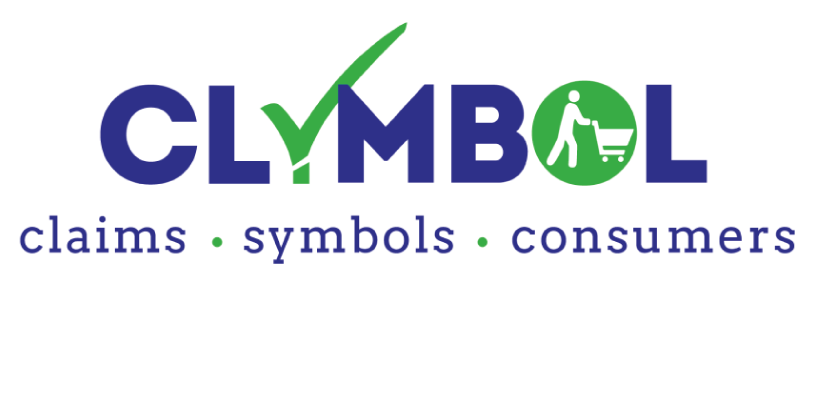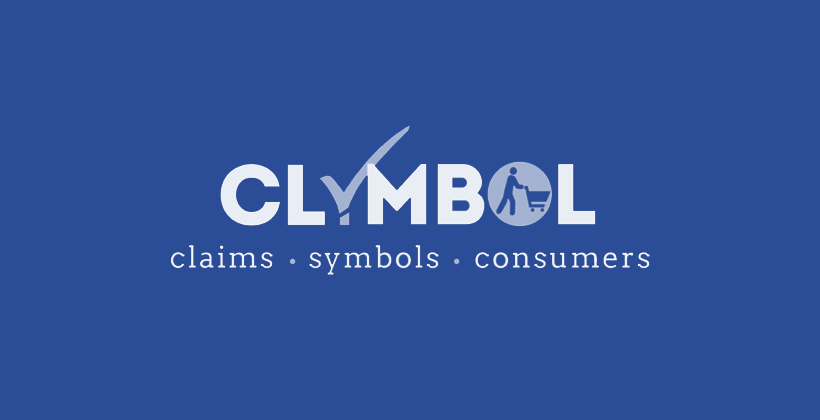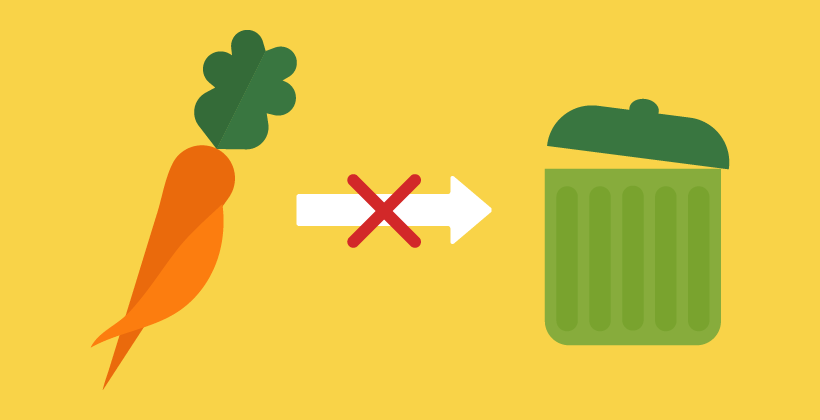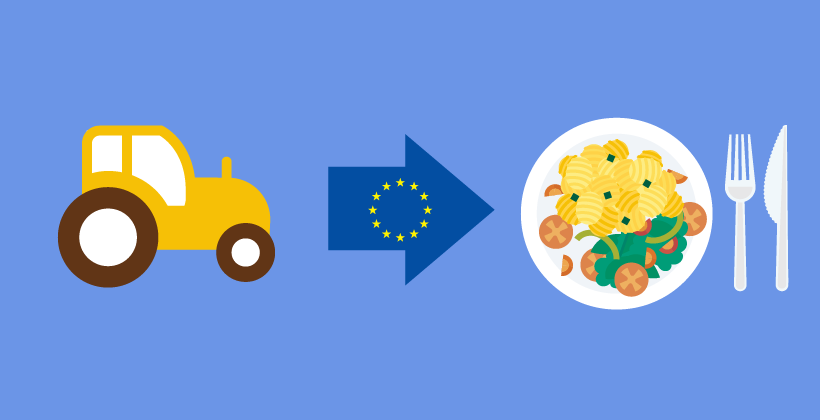Role of health-related claims and symbols in consumer behaviour: Do consumers do what they say they do? (CLYMBOL)
Last Updated : 06 October 2016Encouraging consumers to buy healthier food products is one way to improve people’s diet. Health claims and symbols on food packages are designed to help inform consumers to make a healthy choice, but their impact is not fully known. Therefore, CLYMBOL («Role of health-related claims and symbols in consumer behaviour») was started to research the influence of health claims and symbols. The project, funded by the European Commission, is now releasing its findings.
Do consumers do what they say they do?
Consumers are generally aware of the importance of eating healthy and nutritious food. In surveys, they state interest in nutritional information. However, while people tend to say they like nutrition and health symbols and that they use this information during shopping, there is no evidence whether their theoretical answer is actually translated into action.
Therefore, a CLYMBOL study explored whether there is a potential gap between stated and performed preferences regarding the use of health symbols on food. For this, the self-reported use of health symbols was compared with people’s actual purchases.
What people say is reflected in their actions
Results suggest that the stated preferences (what people say) are important for their shopping behavior (what people do). People who say they like the Keyhole health symbol (see explanation below) are more likely to buy food with that symbol and they also have a higher share of purchased products with health symbols. The opposite did not occur. People who prefer food without the Keyhole do not avoid buying it.
There was no noticeable difference between stated and actual behavior depending on the BMI of the shopper. Shoppers who had a higher BMI were just as consistent in their stated and acted preference for Keyhole products as those with a low or normal BMI. Furthermore results also suggest those who bought less healthy food in general are less likely to buy Keyhole products. Hence, if policy makers want to increase the share of the healthy products sold in general, increasing awareness and improving attitudes towards the health symbol is important. If the aim is to increase the share of healthy products among individuals who have obesity or overweight, the measures should be the same as for the rest of the population.
Moreover, the positive connection between healthy overall food purchases and share of Keyhole products bought suggests that the Keyhole is mainly purchased by the already healthiest households. Hence, an important challenge remains to attract households in greatest need of altering their consumption towards healthier alternatives.
The study
These results come from household panel purchase data collected over several years from a group of 2500 representative Danish consumers who daily register their purchased food, how much, the costs and where it was bought.
The dataset is matched with nutritional information on products as well as information if the products have the health symbol “Keyhole” displayed on the package.
Furthermore, the data includes responses from a questionnaire with questions about the use of the Keyhole. The results are compared across six food categories, like breakfast cereals and soups, to find out whether the results differentiate depending on the type of food.
Food-producers can print the logo on the front of a food package if it fulfils certain criteria which are individual for every food category. There is no central registration, but the Danish Veterinary and Food Administration (VFA) checks regularly for misuse. The Nordic Keyhole is well-known in Denmark. 9 out of 10 people know the logo and 6 out of 10 know its main message. |
Further information
CLYMBOL project website: http://www.clymbol.eu/
Hieke S, Kuljanic N, Wills JM, Pravst I, Kaur A, Raats MM, van Trijp HCM, Verbeke W, Grunert KG. The role of health-related claims and health-related symbols in consumer behaviour: Design and conceptual framework of the CLYMBOL project and initial results. Nutrition Bulletin 2015, 40(1), 66. (Open Access)
Hieke, S.; Kuljanic, N.; Pravst, I.; Miklavec, K.; Kaur, A.; Brown, K.A.; Egan, B.M.; Pfeifer, K.; Gracia, A.; Rayner, M. Research paper: Prevalence of Nutrition and Health-Related Claims on Pre-Packaged Foods: A Five-Country Study in Europe. Nutrients 2016, 8, 137. (Open Access)
Part 1
Part 2
CLYMBOL - Role of health-related claims and symbols in consumer behaviour – has received research funding from the European Community’s Seventh Framework Programme (Contract n°311963).
.jpg)






